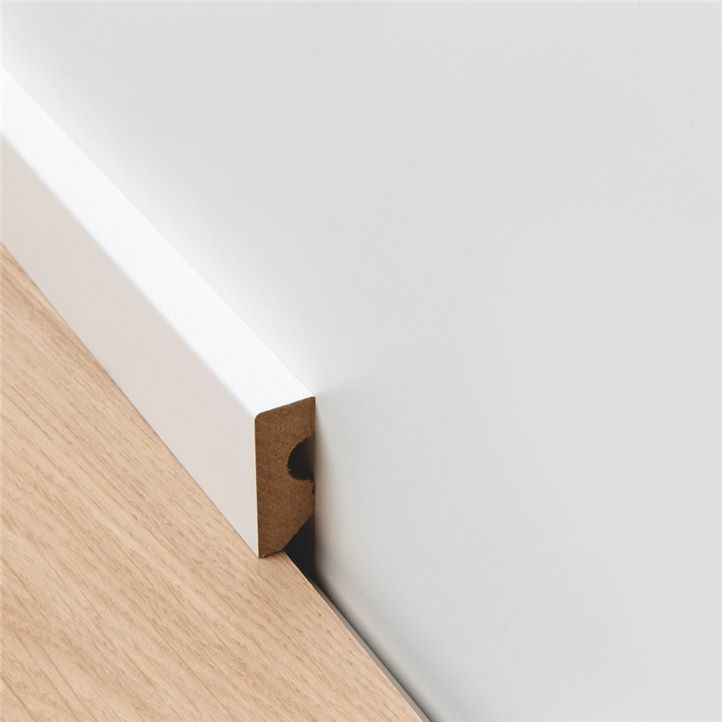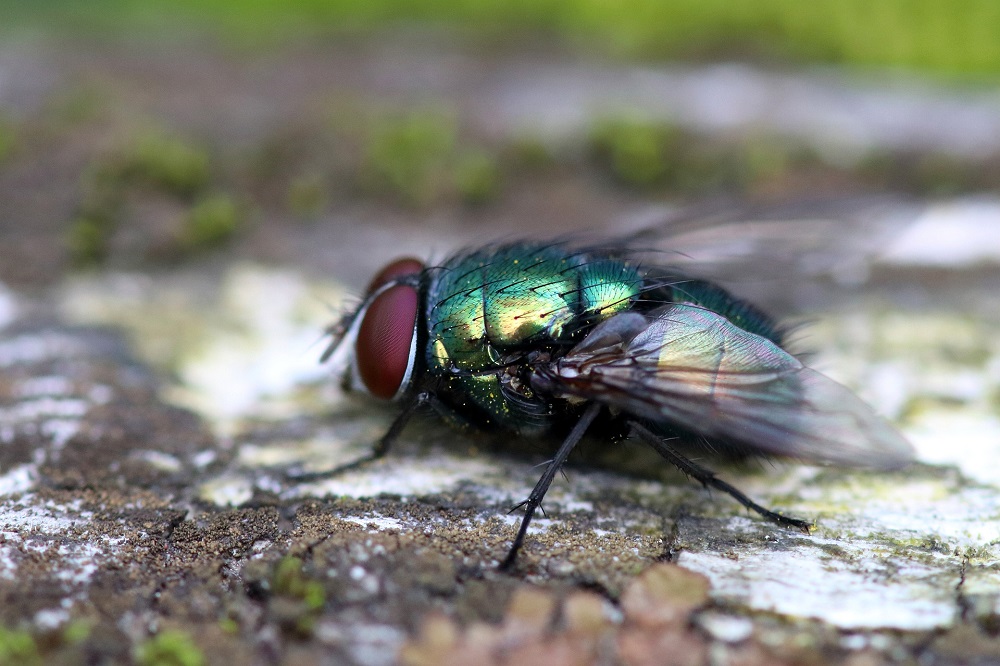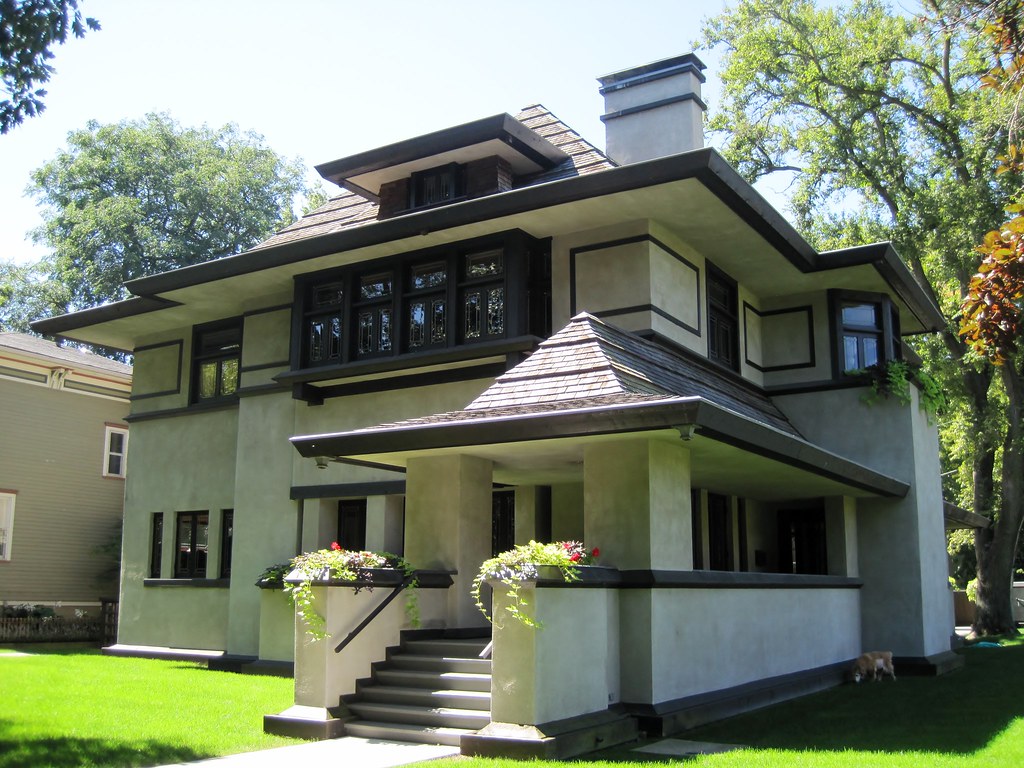When building or renovating a house, the little details are just as important as the major ones. One such detail is the skirting board. Often overlooked, the board is more than just a finishing touch to a room. It serves several purposes, making it an integral part of any interior design.
What Are Skirting Boards?
Skirting boards, or baseboards, are strips of wood or other materials attached to the bottom of the wall where it meets the floor. They generally hide the joint between the wall and floor and protect the wall from dirt, scratches, and impacts.
Materials Used
they can be made from various materials depending on the budget, style, and purpose. Wood, mdf (medium-density fiberboard), PVC (polyvinyl chloride), and plaster are the most widely used materials. Wooden boards are the most popular choice due to their natural look and durability. They can be made from softwood, hardwood, or engineered wood and come in various profiles, including modern, traditional, and ornate.
MDF skirting boards are cheaper than wooden ones and offer more design options as they can be painted in any color and shaped with a router. Pvc boards are moisture-resistant, easy to clean, and ideal for bathrooms and kitchens. Plaster skirting board is expensive but provide a seamless finish that blends into the wall.
Profiles
The profile of the board refers to its shape or design. The boards come in various profiles, each with its unique style and function. The most common profiles include:
- Bullnose – has a convex curve on the upper edge that blends into the wall
- Chamfered – has a 45-degree angle at the top edge
- Ogee – has an S-shaped profile that curves inward and outward
- Torus – has a rounded shape on the top edge, similar to a quarter-circle
- Victorian – has an elaborate design with multiple curves and patterns
- Modern – has a simple, straight design that is popular in contemporary homes.
Installation
Installing skirting board is a relatively straightforward process for a DIY enthusiast. The first step is to measure the length of the wall and mark the height of the board using a spirit level. Next, the board should be cut to the required length and fixed to the wall using adhesive or screws.
The joints between the skirting boards should be mitered or scribed to create a seamless finish. Finally, gaps between the board and the wall should be filled with filler and sanded down before painting or staining.
Maintenance
Skirting boards are relatively low-maintenance and require occasional cleaning to keep them looking their best. Wooden boards should be dusted regularly and wiped with a damp cloth to remove stains. If the boards are painted, they may need to be touched up occasionally to cover any chips or scratches.
Conclusion
Skirting boards may seem like a minor detail, but they play a vital role in protecting walls, framing floors, and enhancing a room’s overall look and feel. By choosing the right material, profile, and installation method, the boards can add style and functionality to any home. So, whether you are renovating an old home or building a new one, the boards should be a part of your design plan.



